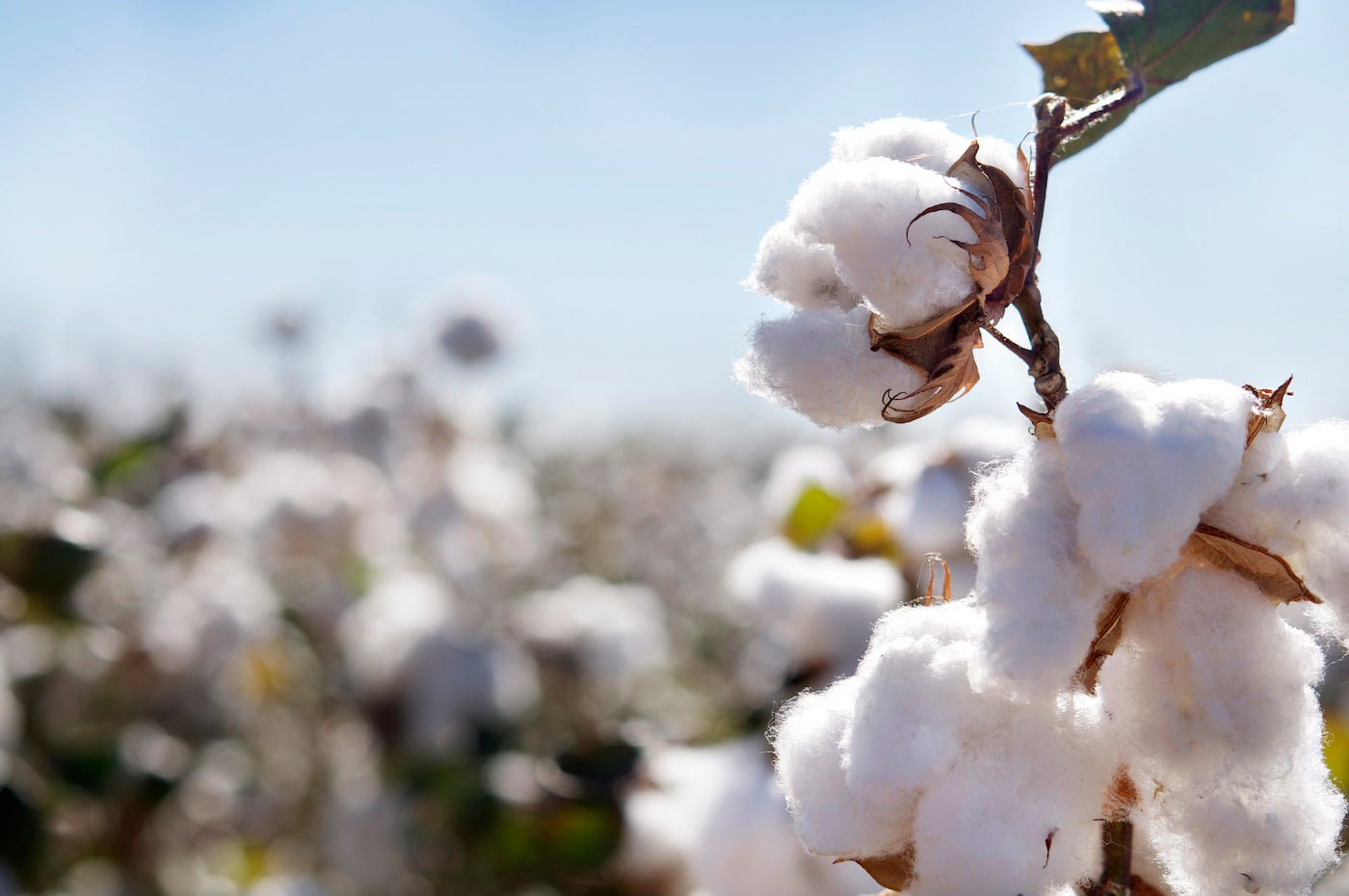The last time cotton cost this much, Barack Obama was still president, “Rolling in the Deep” was Adele’s only hit, and Pinterest was a year old.
A little background: The week before last, cotton prices rose to a 10-year high, surging to $1.16 per pound. That’s a big leap—over much of the last decade, that cost has oscillated between 50 cents and a dollar. The last time prices were this high, it was a result of the rebound from the Great Recession, and the per-pound cost spiked above $2. This time, things are a little different.
For one, the surge in cost now is more complicated. While the COVID-related snarls in the global supply chain are having an impact, politics is also a factor. Before he left office, Donald Trump imposed a ban on products originating from China's Xinjiang province, citing strong evidence of the forced labor of Uyghur Muslims. President Joe Biden has upheld the ban, leading to a complex international swap arrangement, whereby Chinese companies purchase American cotton and import it to China, only to process it and sell it back as finished goods to American consumers. The result is more friction and higher prices.
At the same time, climate change is playing a role. Reduced monsoon rains in India have affected its cotton output, while droughts and heat waves have diminished cotton crops in the U.S. (The three largest global exporters of cotton are China, India and the United States.) As a result of political factors, climate forces and the Gordian knot of the global supply chain, cotton is topping at prices not seen in a decade.
Is this going to hurt home brands? It’s too soon to say, but if fashion is any indication, the answer is: a little, not a lot. According to industry analysts, a huge difference between now and 2011 is price control. Because of heightened demand for consumer goods and an increasing acceptance of supply chain complications, sellers seem to be able to raise prices without facing pushback from buyers.
“We think inventory will remain rational, margins will remain strong, and retailers will be able to push bigger and more consistent price increases than they’ve been able to for over a decade,” Credit Suisse analyst Michael Binetti told CNBC.
If retailers can raise prices in fashion, it stands to reason that home can roll with the increased cost of cotton as well, at least for the time being. The question is whether price hikes can be absorbed long-term—and what impact they will have on the industry. In Forbes last week, BOH columnist and podcast host Warren Shoulberg wrote: “Looking back a decade, the massive spike in cotton prices had a profound impact on the kinds of products Americans bought and used. On the apparel side, sales of jeans—which had been in decline even before all of this—slowed even further, and the rise of athleisurewear, which uses more synthetic fabrics, really began to accelerate. In home textiles, cotton’s share of market declined, replaced by sheets and towels labeled as ‘micro-fiber,’ which were essentially 100 percent polyester with a clever marketing hook.”
In other words, at the moment, the hike in cotton prices may be nothing more than a blip. But if the surge keeps surging, expect to see alternatives gain ground—in fashion and home alike.
Homepage photo: ©BCFC/Adobe Stock





























